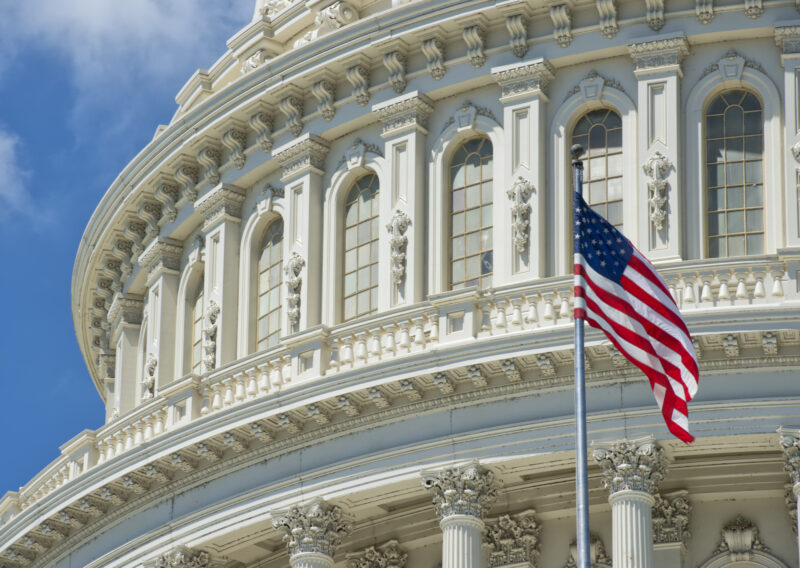As the cost of living crisis continues, the UK’s new prime minister Liz Truss recently set out her plans to curb energy bills and offer support to struggling families.
Coverage of the announcement was muted, following the sad news of The Queen’s passing, but the effects of Truss’s measures will be felt by households across the country this winter.
Ofgem, the UK’s energy regulator, announced a 54% rise in the average annual bill in April when they increased the energy price cap from £1,277 to £1,971.
Another rise – of a massive 80% – was due in October, which would have seen average household bills rise to £3,549. Following the government’s intervention, the cap has been frozen and the planned increase will no longer go ahead.
But what is the energy price cap, what did the prime minister announce, and how will it affect your household bills this winter?
Keep reading to find out.
The energy price cap sets the maximum average bill for those on a variable tariff
Introduced on 1 January 2019, the energy price cap was intended to prevent those on expensive variable tariffs from being financially disadvantaged.
The cap applies to each unit of gas and electricity you use and is largely based on the prices energy firms pay for the fuel they provide.
While the cap is currently causing concerns for millions of families, it had initially been intended to:
- Protect suppliers by ensuring that the price consumers paid was aligned to the costs to suppliers of producing and supplying energy
- Ensure that any falls in the price of gas and electricity could be passed directly onto consumers.
Currently, however, with inflation rocketing and the cost of living already on the rise, Russia’s invasion of Ukraine saw wholesale energy prices soar.
With prices at unprecedented highs, all consumers are now effectively paying prices aligned with the price cap.
The government has stepped in to help households manage spiralling costs
While Ofgem used to review the price cap every six months, spiralling costs have forced the regulator to announce a move to three-monthly reviews instead.
Having increased the cap by 54% in April, October was due to see a further 80% rise, followed by another review just three months later. Instead, the cap has now been frozen for two years.
Then-chancellor Rishi Sunak had already guaranteed that every household in the UK would receive a £400 grant to help towards the cost of rising bills. This payment – which many have already received – will still be made.
On top of that, Liz Truss has frozen the energy cap at a level of £2,500.

Source: The Guardian
The £2,500 cap is around £500 higher than the April rise, but approximately £1,000 lower than it would have been had the planned October increase gone ahead.
The two-year freeze also means that Ofgem’s quarterly reviews will no longer take place. As the above graph shows, it was forecast that future rises could’ve pushed the cap to more than £5,000 by April 2023.
The prime minister also announced the removal of green levies on household bills, said to be worth about £150 for an average household. Green levies generally make up around 8% of the average energy bill.
Government help will affect every household differently
The prime minister’s announced changes are expected to save the average household just over £1,000 a year. But annual bills will still be twice as high as they were in October 2021, when the price cap stood at just £1,277.
The announced package of support is set to cost around £120 billion. And with the government ruling out a windfall tax on energy suppliers currently experiencing record-breaking profits, concerns have been raised about who will be footing the bill.
Leading thinktank the Resolution Foundation has also questioned how the help being offered is targeted.
According to a recent Guardian report, Truss’s plans will give Britain’s richest households twice as much financial support as the country’s most vulnerable households.
It suggests that while the UK’s richest tenth will receive support worth an average of £4,700, the poorest tenth will receive just £2,200.
HDA can help you budget through the cost of living crisis
If you are worried about the effects of the cost of living crisis, simple budgeting, along with cutting back on non-essentials, could help.
We can help you better understand your income and expenditure, possibly helping you to uncover more disposable cash.
You might also consider reducing your energy consumption by:
- Switching off appliances you normally leave on standby
- Taking shorter showers and not overfilling the kettle
- Buying energy-efficient lightbulbs, if you can afford to.
The effects of the rising cost of living – and the effectiveness of the prime minister’s measures – will depend on your personal circumstances, but we are here to help.
Get in touch
The energy price cap is frozen for two years but your energy bills are still likely to be around double last year’s figure.
Inflation is also set to keep rising, so if you are worried about the effects of the current economic climate on your financial plans, contact us now. Please get in touch via email at enquiries@hda-ifa.co.uk or call 01242 514563.




